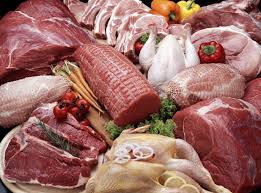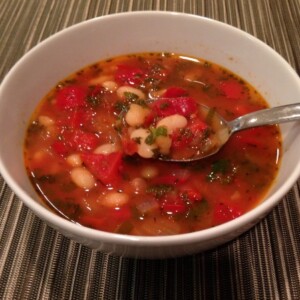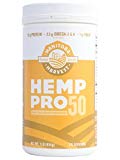Are you getting enough protein is one of the questions that I’ve been asked most often since I’ve gone on a low-fat plant-based diet (LFPBD) That’s understandable as we’ve been given to understand that we get our protein mainly from animal or dairy products. People also believe that they need to consume fairly large quantities of protein, especially if they have diabetes.
However, decades of research studies show that eating a high protein diet especially from animal products induces insulin resistance & is a huge risk factor for promoting heart disease, high blood pressure & obesity. So, consuming a high protein diet for those who have diabetes is not recommended based on the evidence shown from all of those numerous studies.

They’ve also discovered that the most important reason for your protein intake may not be how much protein you are consuming but the type of protein you are consume. The bottom line is to get your protein intake from plant sources and decrease or eliminate the consumption of animal products.
The good news is there’s an alternative way that’s very effective for controlling blood sugars which also increases the body’s ability to utilize insulin. This is known as insulin sensitivity.
In a healthy person when the hormone insulin is secreted, it tells the muscle cells to open up & allow the glucose into the cells. However, if you are insulin resistant, the cells disregard the message, so the glucose can’t enter the cells & stays in the blood stream which leads to high blood sugar. The option is a low-fat whole food plant-based diet.
The Average Recommended Protein That We Need is 42 Grams Per Day. On average, vegetarians and vegans get 70% more protein than they need, & non-vegetarians get a lot more than they require.
Just a Quick Run Down About Protein. There are 20 amino acids found in protein, 12 of which are manufactured by the body. The other nine needs to be obtained from food. A complete protein contains all 20 amino acids. Animal proteins, dairy, eggs & seafood are all examples of a complete protein.
An incomplete amino acid is missing one or more amino acid & these are found in plant-based proteins like nuts & seeds, grains, legumes, beans, buckwheat, quinoa, hempseed, & lentils. So, where do vegetarians & vegans get their complete protein from? They get it by combining two incomplete or complementary proteins together to form a complete protein.
They can be consumed together in one meal or they can be eaten separately during the same day, for example bean soup for lunch and brown rice with dinner.

The key to getting enough protein for those who are on a vegetarian or a vegan diet is eating enough calories & consuming a variety of plant -based foods.
One great way of ensuring that you are getting are getting the required amount of protein in your diet if you are on a whole based plant food diet, is to incorporate Hemp protein powder into your meal plan to stabilize blood sugars.
Hemp protein powder is a complete protein that packs antioxidants, minerals, fiber and heart-healthy unsaturated fats.
- Hemp Protein Powder has 15g of Plant-Based Protein
- 8g of Fibre
- Certified Non-GMO, Vegan, Dairy free
Amazon usually has a great prices on Hemp protein powder, our favorite is the Manitoba Hemp please click here to view.
We’ve created an audio version of our article:
Click here to play... or Click here to download
Looking forward to your questions, comments or feedback that you can post in the comment section below.
Love & Blessings,
Brenda Blindenbach
Health & Wellness Coach


Leave A Comment